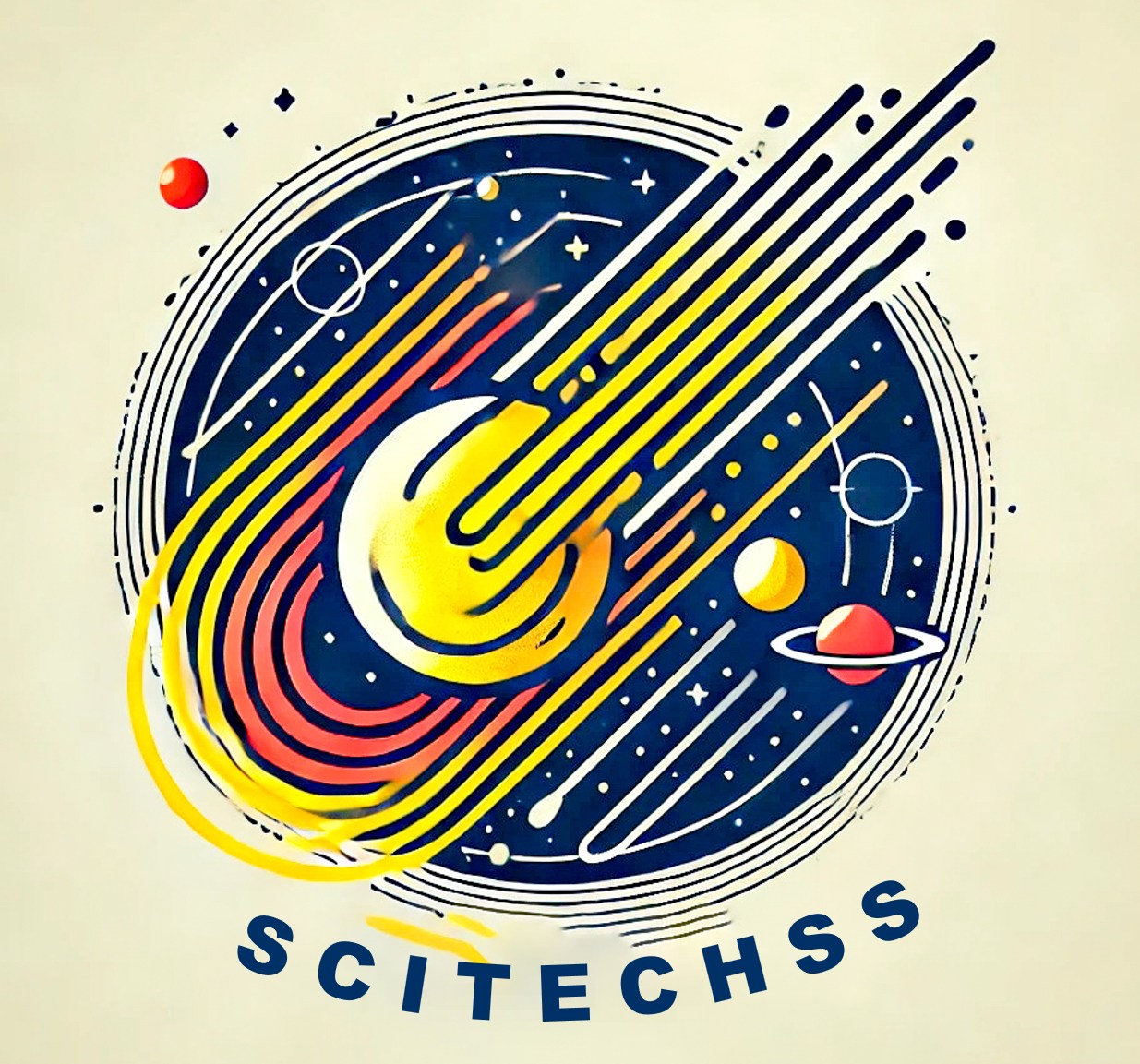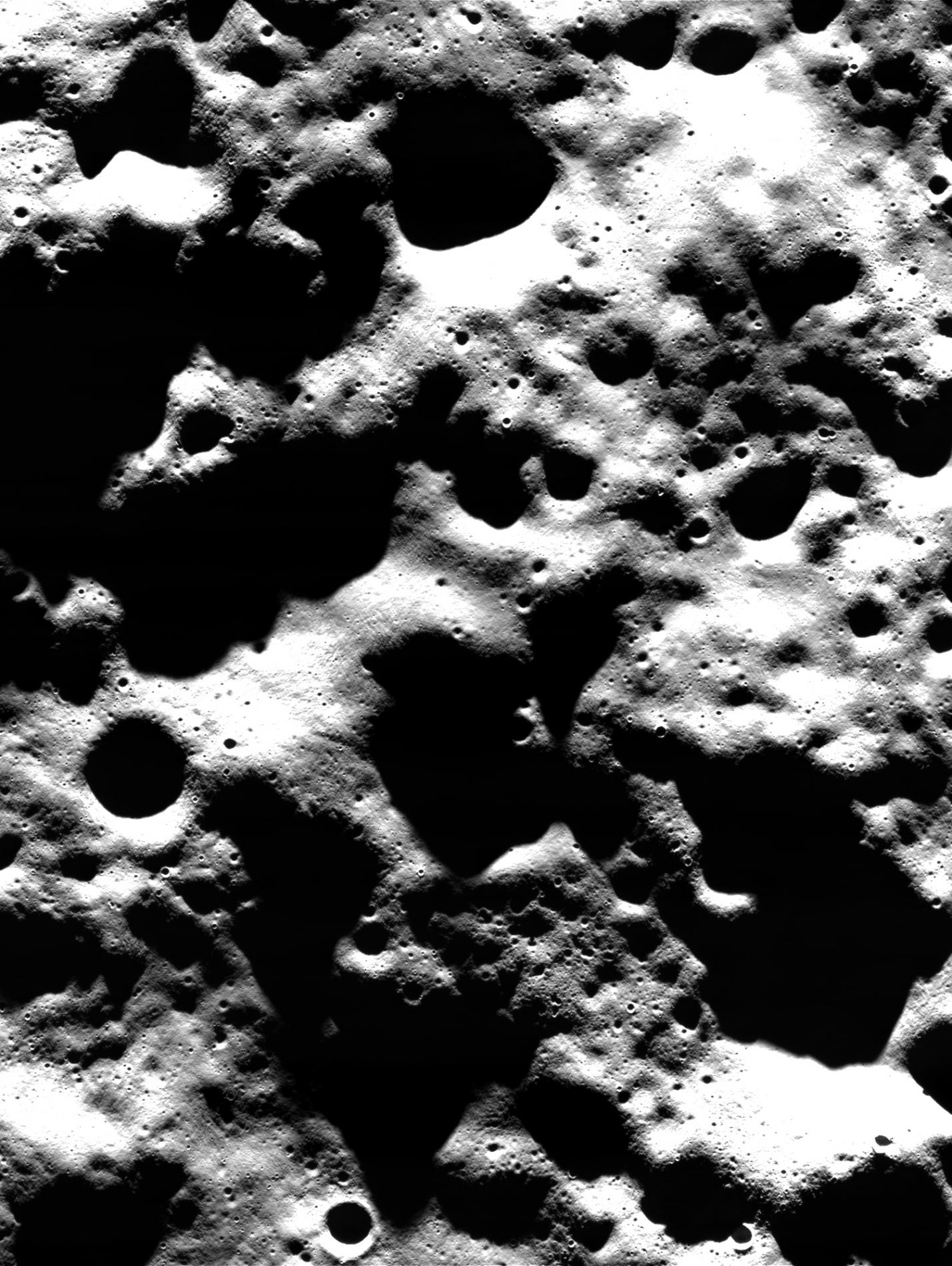JANUS, the optical camera of ESA’s JUICE probe, captured stunning images of the Earth and the Moon during its first lunar and terrestrial flyby. This high-risk maneuver, successfully completed between 19 and 20 August, allowed JUICE to alter its speed and direction for an fly-by near Venus in August 2025. This critical step is part of JUICE’s journey through the inner Solar System to its final destination: the moons of Jupiter.
The JANUS camera (Jovis, Amorum ac Natorum Undique Scrutator) is designed to study the morphology of Jupiter’s icy moons, their global, regional and local processes, as well as mapping the surface of the gas giant’s clouds.
The instrument was developed by an industrial consortium led by Leonardo SpA, under the supervision of the Italian Space Agency (ASI) and in collaboration with the National Institute of Astrophysics (INAF), which has the scientific responsibility of the instrument, the German Aerospace Centre (DLR), the CEI-Open University in Milton Keynes (United Kingdom), and the Instituto de Astrofísica de Andalucía (IAA-CSIC). The main purpose of the data collected by JANUS during the fly-by was to evaluate the performance and functionality of the instrument, not to make scientific measurements.
JANUS acquired images at different time intervals, with several filters, numerous compression factors and integration times. As part of these tests, data quality was intentionally deteriorated using long integration times, obtaining “blur” images and thus testing the strength of resolution recovery algorithms. In other cases, images were partially saturated to study the induced effects in the unsaturated areas.
More info in this link.
Featured image/Excerpt: The moon captured by the JANUS camera on board ESA’s JUICE probe. Near the finisher (the line between day and night on the lunar surface), sunlight is scratching, highlighting valuable details for the geological interpretation of the surface if the dynamic range of the instrument (the ability to distinguish many levels of light intensity) is sufficiently wide. Credit: JANUS team (INAF, ASI, DLR, IAA-CSIC, Open University, CISAS-University of Padua, and other international partners).

